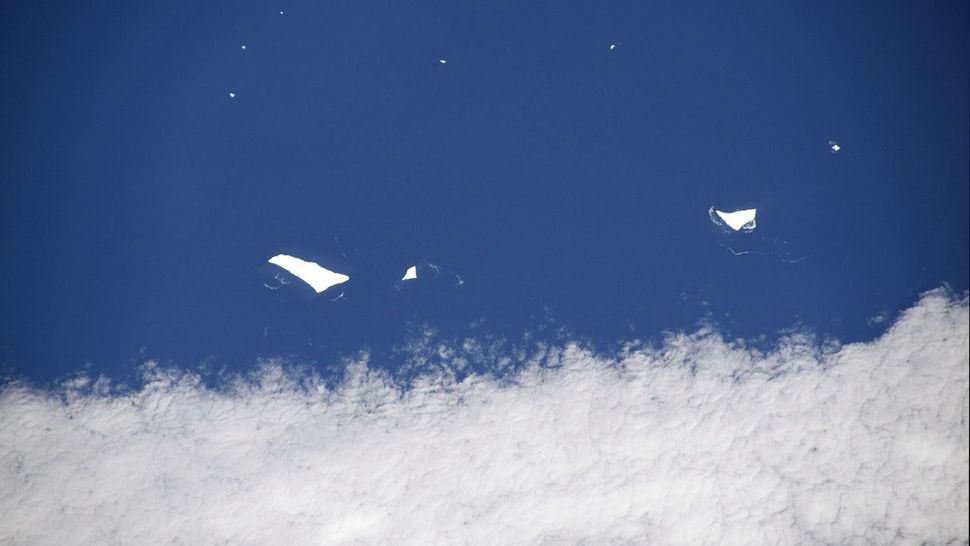An astronaut took a photo of icebergs floating in the South Atlantic
- December 16, 2023
- 0
As the Earth continues to warm, more and more ice is breaking off from glaciers and ice sheets and falling into the ocean. These icebergs are visible from
As the Earth continues to warm, more and more ice is breaking off from glaciers and ice sheets and falling into the ocean. These icebergs are visible from

As the Earth continues to warm, more and more ice is breaking off from glaciers and ice sheets and falling into the ocean. These icebergs are visible from the International Space Station (ISS), appearing as small white specks above bright blue ocean water. European Space Agency astronaut Andreas Mogensen, commander of the orbiting laboratory’s current Expedition 70, recently shared a new photo of icebergs in the South Atlantic Ocean in a post on X (formerly Twitter).
“I must admit that if you had asked me before this mission whether you could see icebergs from space with the naked eye, I would have said ‘No way,'” Mogensen said in his post. said. “It turns out this is possible! We’ve been seeing a lot of icebergs in the South Atlantic lately. Maybe it’s due to their clear geometry or color contrast, but they’re clearly visible from space.”
I must admit, if you had asked me before this mission if you could see icebergs from space with the naked eye, I would have said, “No way.” Turns out you can! We’ve been seeing a lot of icebergs in the South Atlantic lately.
Mogensen’s photographs show three much larger icebergs and several other pieces that likely broke free as the icebergs moved through the ocean. Other X users noted that from the space station’s perspective, the photos show some submerged parts of icebergs and ocean waves hitting the visible part of icebergs floating on the ocean surface.

“Seeing icebergs floating around reminds me of climate change with rapidly melting glaciers and rising sea levels,” Mogensen said in his post. “Places like the Maldives probably won’t exist in 70 years because they’re buried under the rising ocean.”
Sea level rise is mostly caused by melting glaciers as water flows from land to sea. But when floating ice melts, it also dilutes the oceans, reducing their density and thus causing sea levels to rise.
Astronauts and Earth observation satellites have detected some significant icebergs recently. The world’s largest iceberg, called A23a, was seen drifting in Antarctic waters after remaining on land for more than thirty years. In this case, melting thinned the iceberg and gave it the extra buoyancy needed to rise from the ocean floor and move toward the South Atlantic.
A star in the sky helps scientists track the orbit of icebergs on Earth. AI is also being used to quickly identify giant icebergs in satellite images; This helps track environmental impacts as well as changes in size, shape and movement over time.
Source: Port Altele
As an experienced journalist and author, Mary has been reporting on the latest news and trends for over 5 years. With a passion for uncovering the stories behind the headlines, Mary has earned a reputation as a trusted voice in the world of journalism. Her writing style is insightful, engaging and thought-provoking, as she takes a deep dive into the most pressing issues of our time.